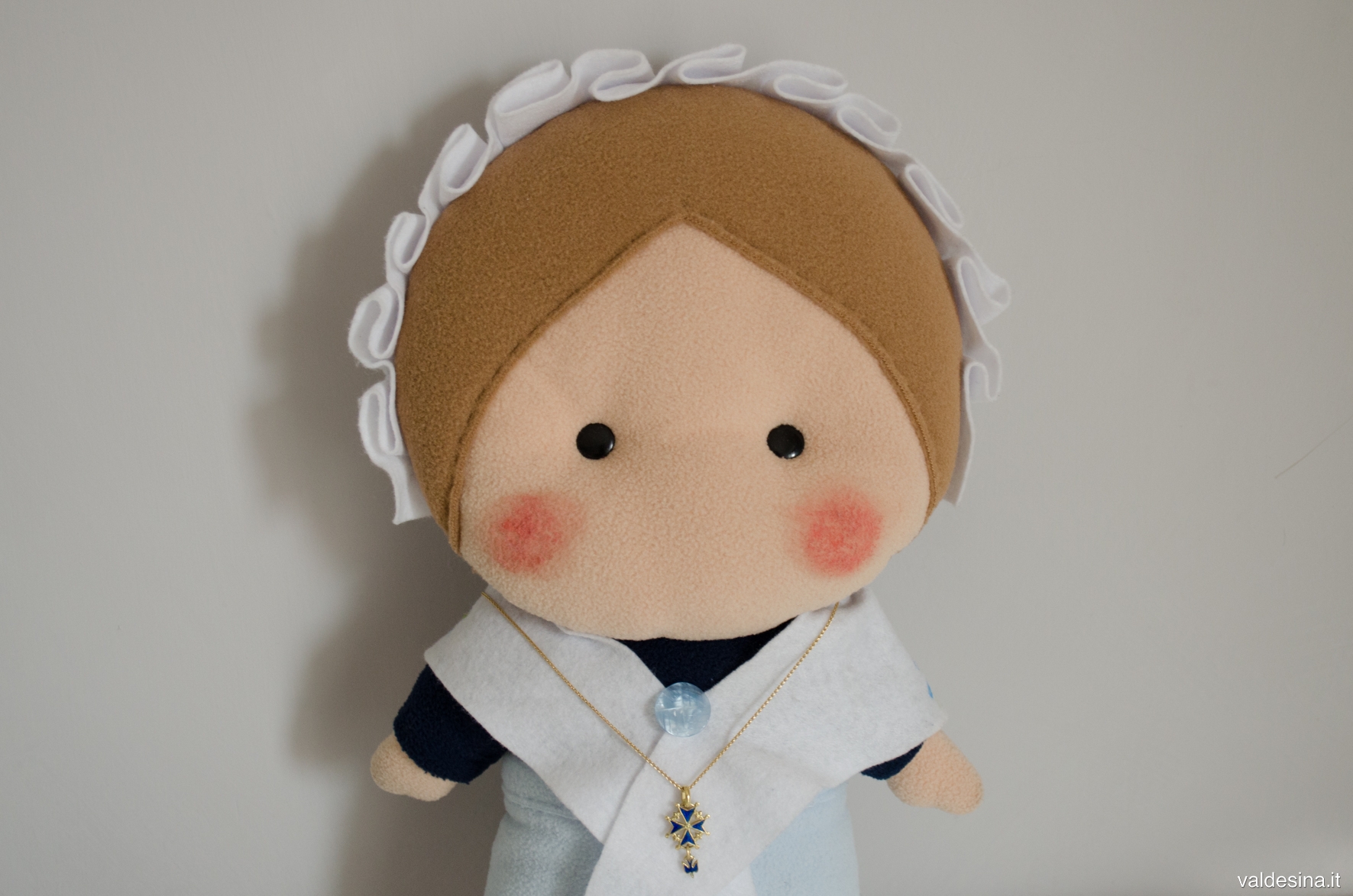Hello!
First of all let me wish you… happy February 17th!
In this occasion I want to submit a special article: since last year we went together to find out how to sew the typical Waldensian dress, be interesting today to talk a little more about Huguenot cross (even if we already did in the past, right here!)…
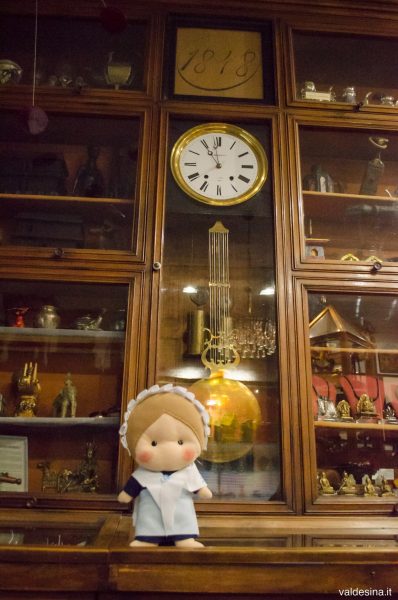
I went to Bracchi goldsmiths in Torre Pellice, where there is a matrix for the creation of Huguenot crosses dating back to 1848, when the family bought the store from the company Ceresole inheriting also that precious mold.
Since then, the owners have never stopped gathering and collecting these jewels, which are all different from each other for some small details. Many of them are originating from these Valleys and from across the Alps (Switzerland and France in particular), but some others even come from South America!
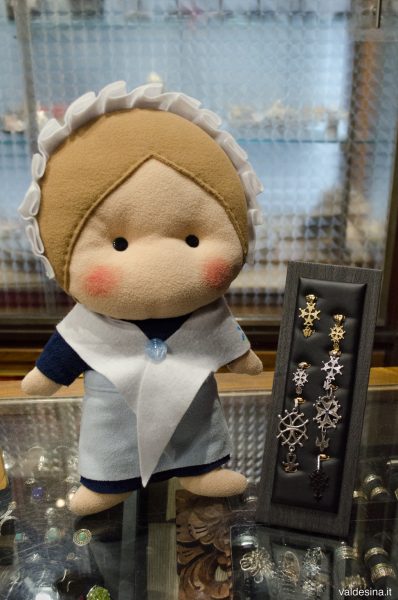
The matrix was refurbished and is still used today: inside it the metal – usually gold or silver – is melted into two separate pieces (the cross and the dove) which are then hand finished with the graver and joined together using a ring.
The arms of the cross (which is also called “cross of Malta” or “cross of Provence”) are linked together by a wreath of lilies of France and on each of the tips there is a bud that is a light pearl, symbol of the Gospel light that radiates in every direction.
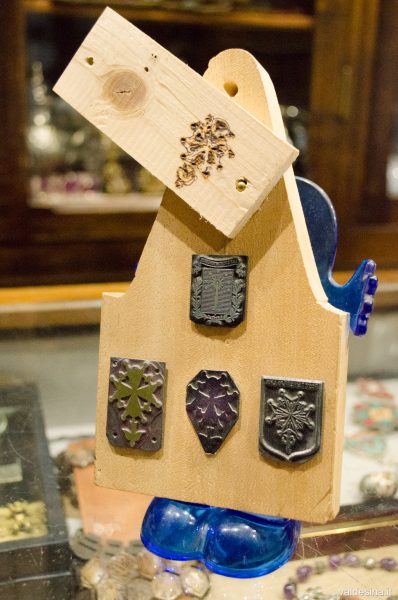
The dove with outstretched wings represents the Holy Spirit; at the Waldensian Museum of Torre Pellice there is a special cross that, instead of the dove, has a small tear… It is thought that its meaning is to remember the many French Protestants, or Huguenots, killed in 1572 during the night of Saint Bartholomew.
The Huguenot Cross is called this way because in the past it was the sign of recognition of the French Protestants, while today it is a symbol (together with the coat of arms “Lux Lucet in tenebris”) of the Waldensian confession.
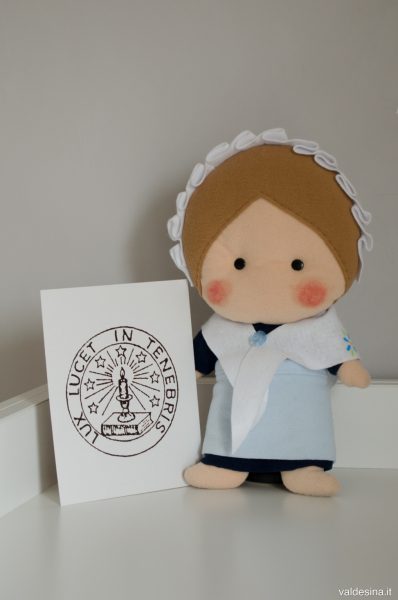
Thanks to the Bracchi goldsmiths in Torre Pellice (corso Gramsci 20) for the courtesy!
Do you want to read the tale in Italian ?
